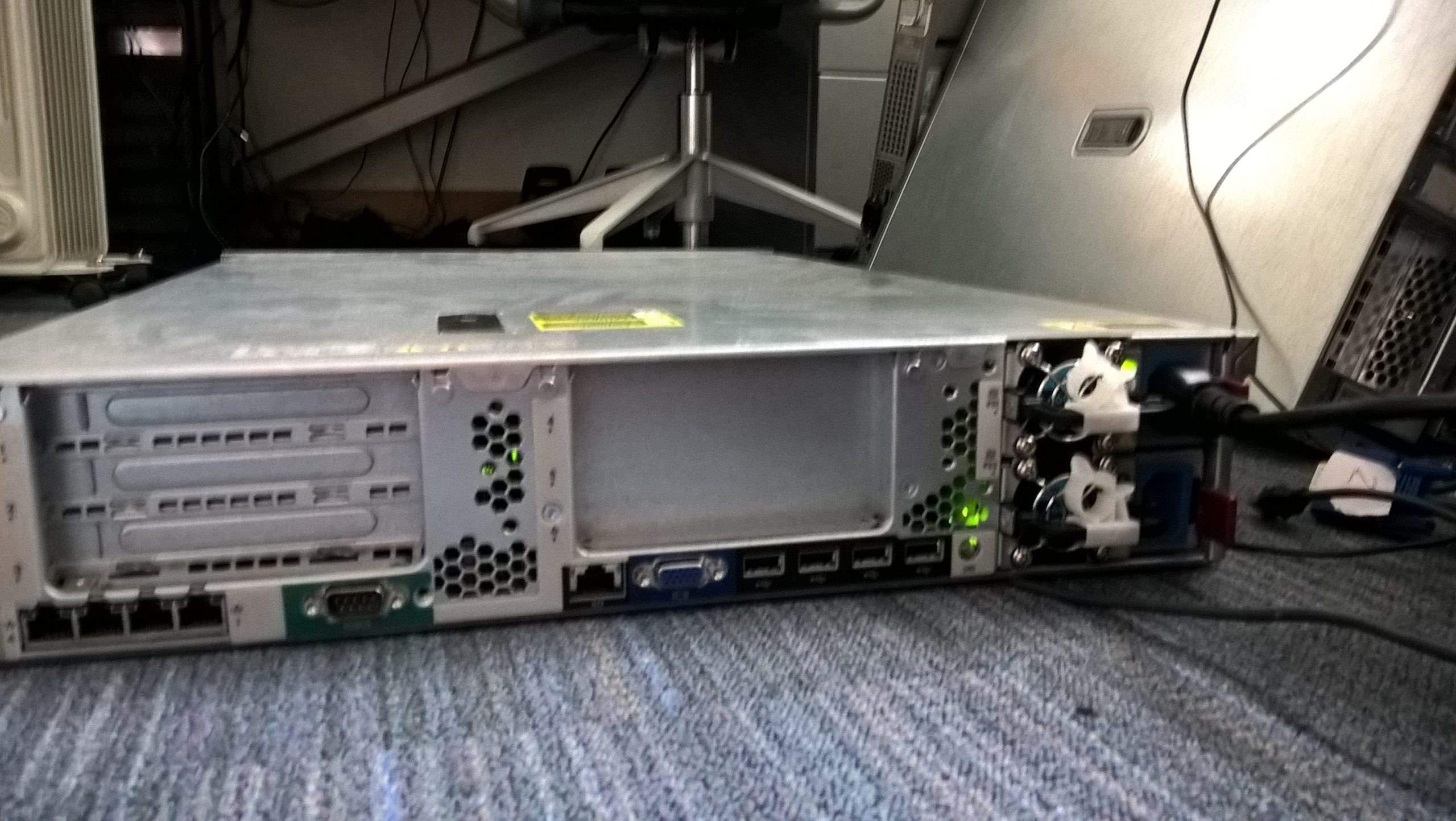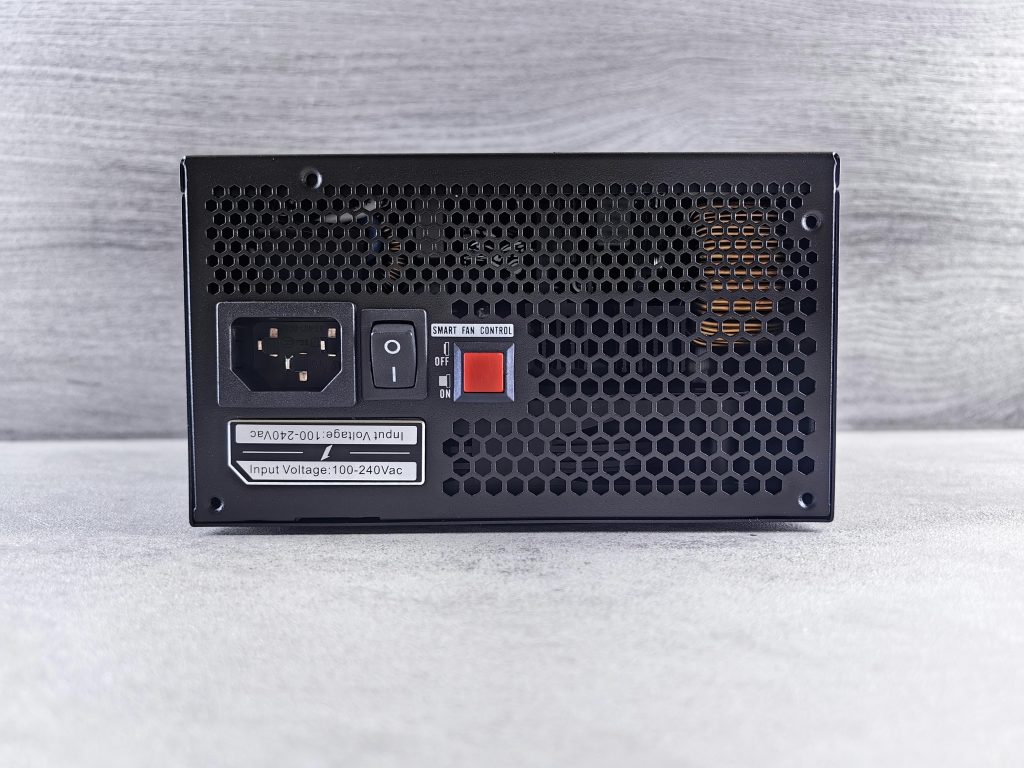The Importance of Regular Server Maintenance: A Cautionary Tale
In today’s digital landscape, the reliability of servers is crucial for any business’s success. Unfortunately, it took a significant incident to underline this fact: one of our customers recently faced a critical server failure, which could have been avoided with better foresight and maintenance.
Over the past three years, we had consistently advised this client about the risks associated with their aging server—warnings that went unheeded. After years of service, both hard disk drives (HDD) in the system finally succumbed to failure. The server’s indicators were so dim that, at first glance, I thought they had malfunctioned due to age.
In an attempt to salvage the situation, we worked to reconstruct the RAID 10 array, but the condition of the remaining drive proved to be too compromised. The last successful backup was just two days prior, so we are currently focused on extracting the most critical files. However, given the state of the system, we suspect that even the backup may be corrupted.
The server was running on Windows Server 2008, which means we now face the daunting task of creating a new Active Directory and migrating all associated devices. This process will inevitably incur significant labor costs for the customer, not to mention the disruption to their operations.
One has to ponder whether it was ultimately worthwhile for the customer to continue using this server well beyond its average lifespan. They now face potential weeks of lost productivity due to the time required to procure and install a new server. Furthermore, we found the server in deplorable condition—one could speculate whether it had been operated in a smoky environment given the accumulated grime.
The takeaway from this unfortunate scenario is clear: cutting corners on your company’s primary server can lead to disaster. Investing in regular maintenance and timely upgrades is not just a recommendation; it’s essential for protecting your data and ensuring business continuity. Don’t let a preventable failure compromise your company’s future.
Share this content:


